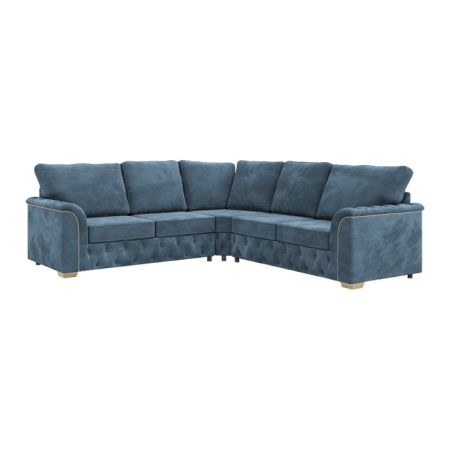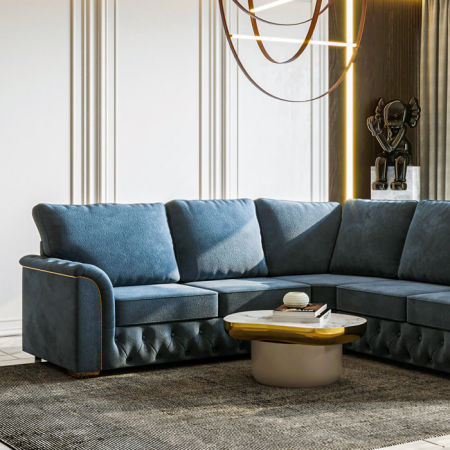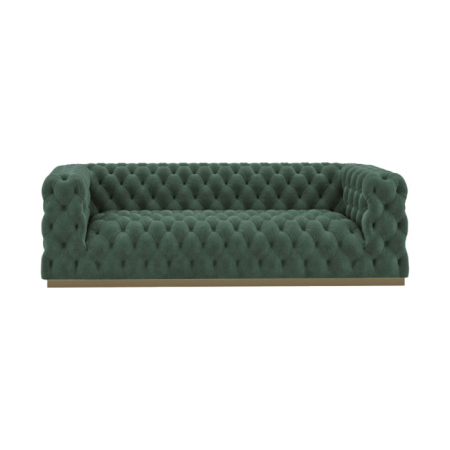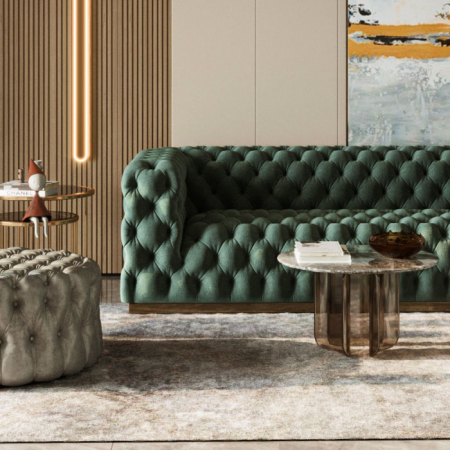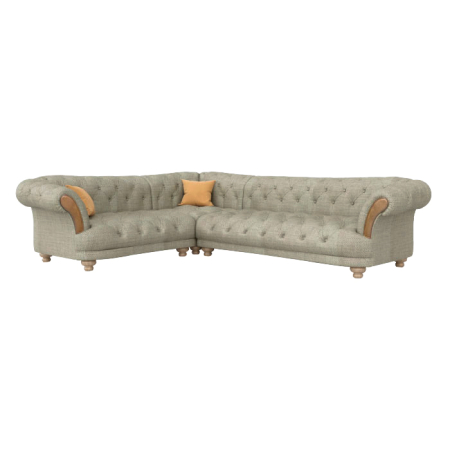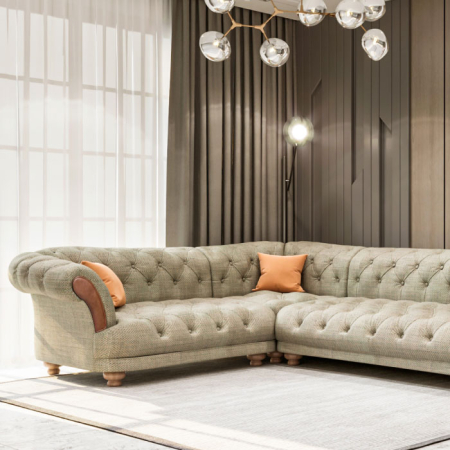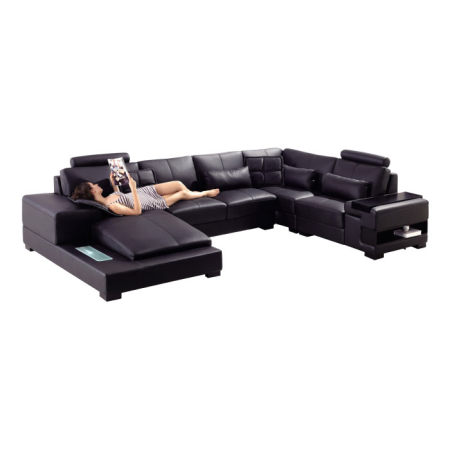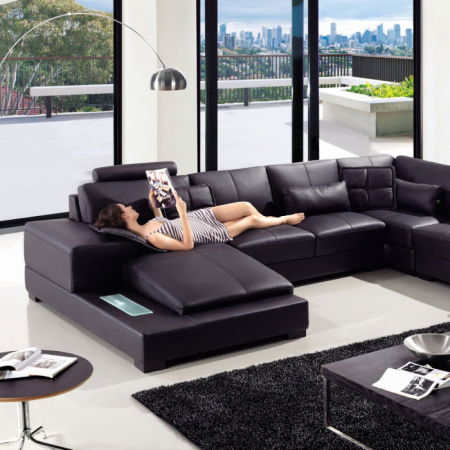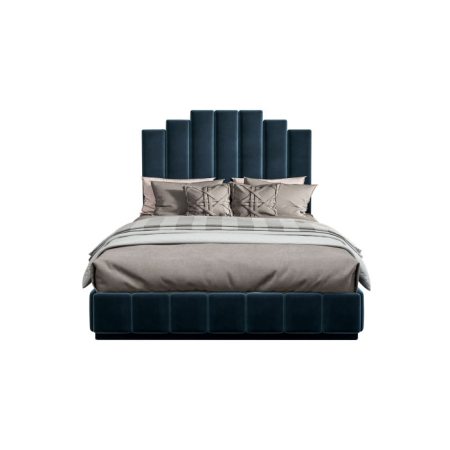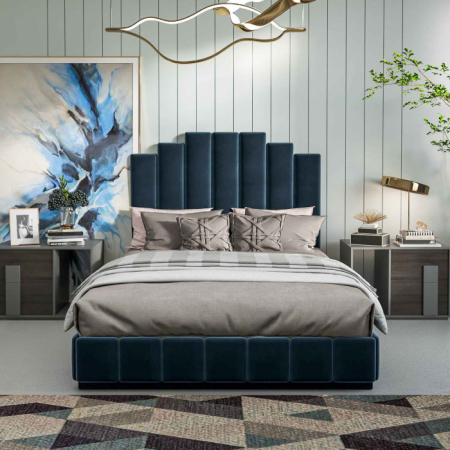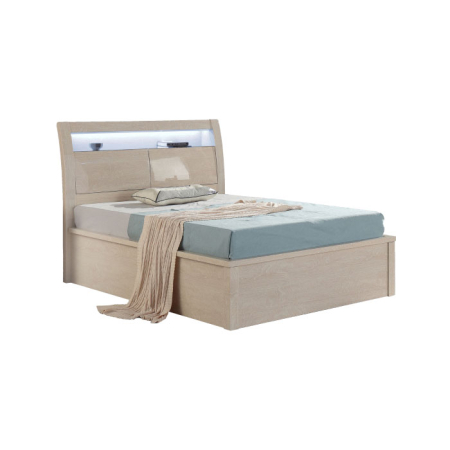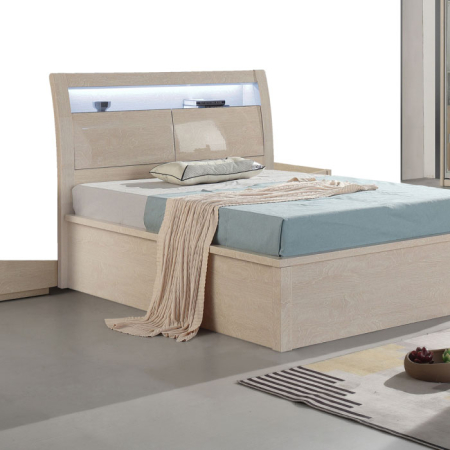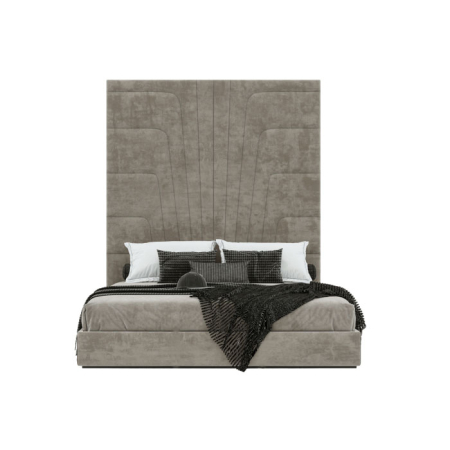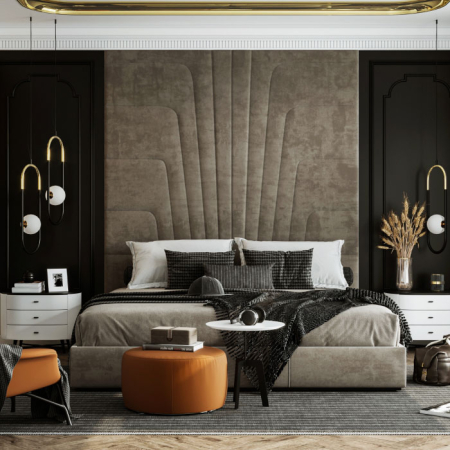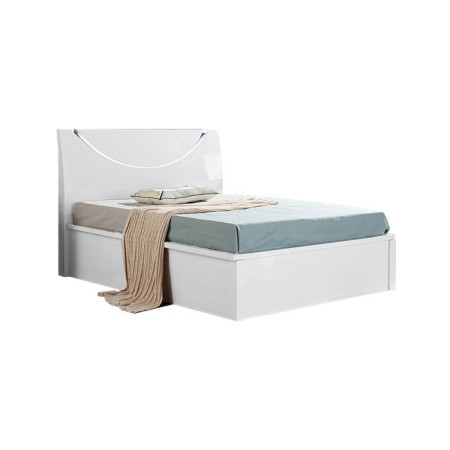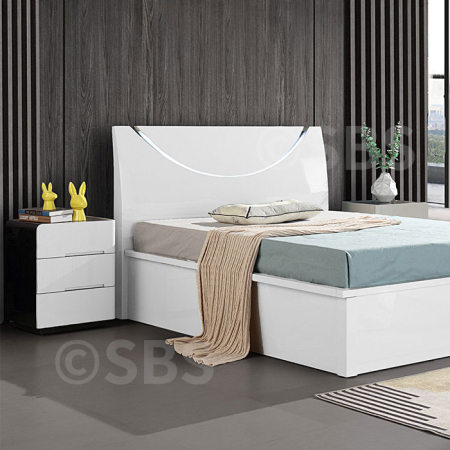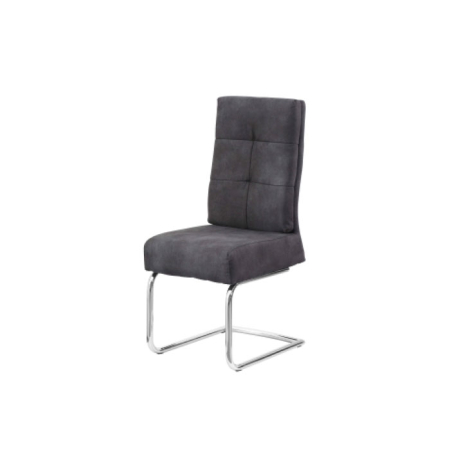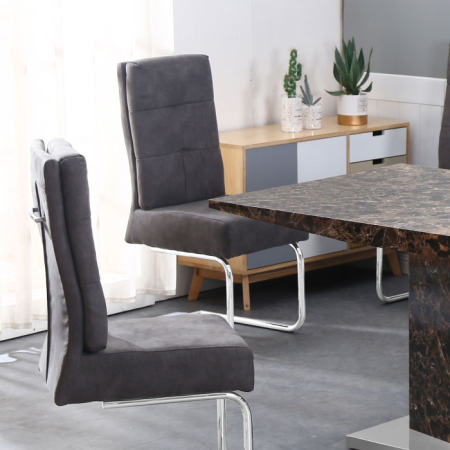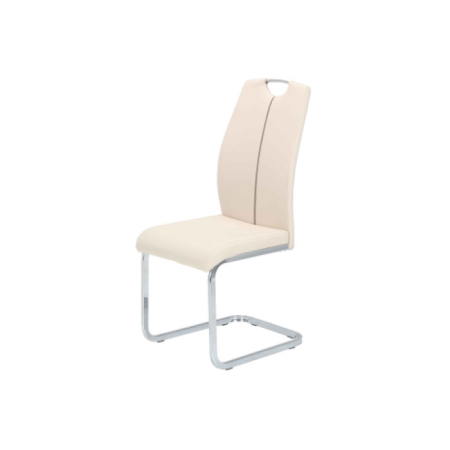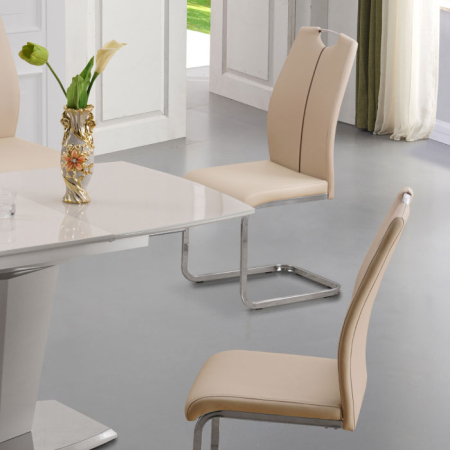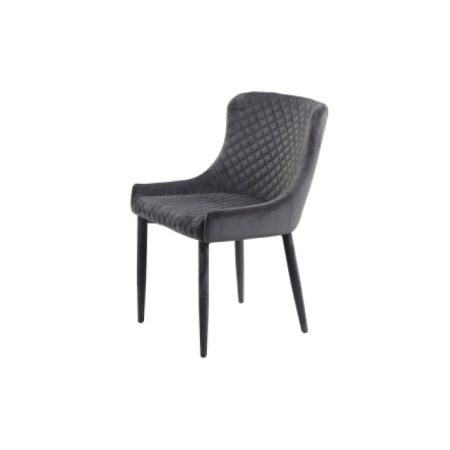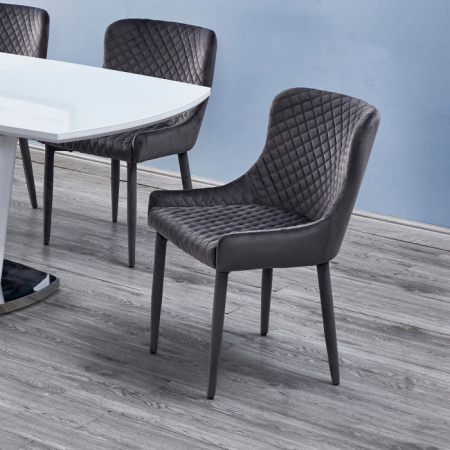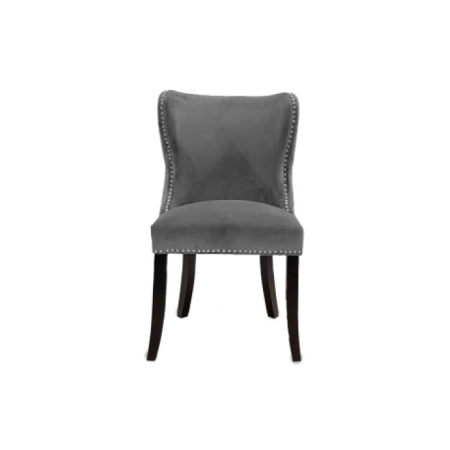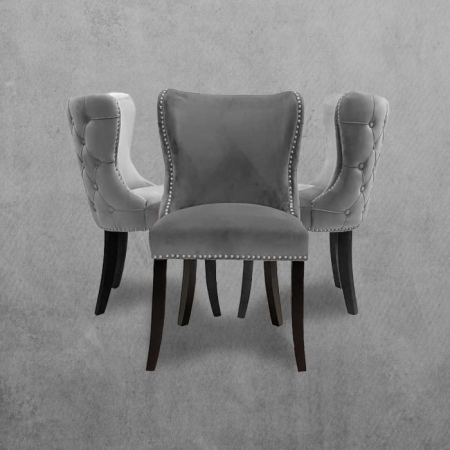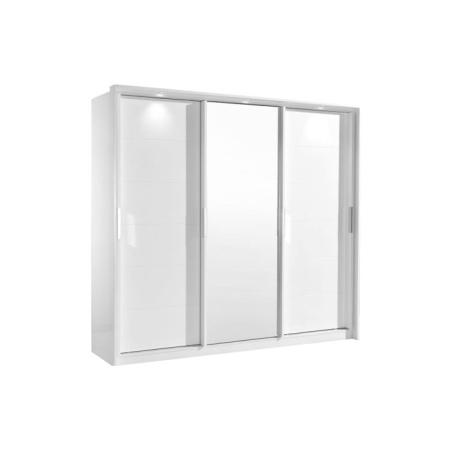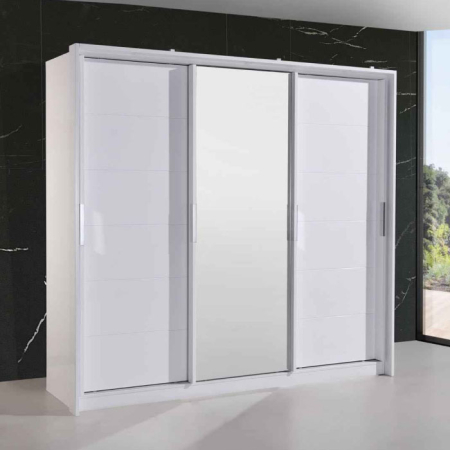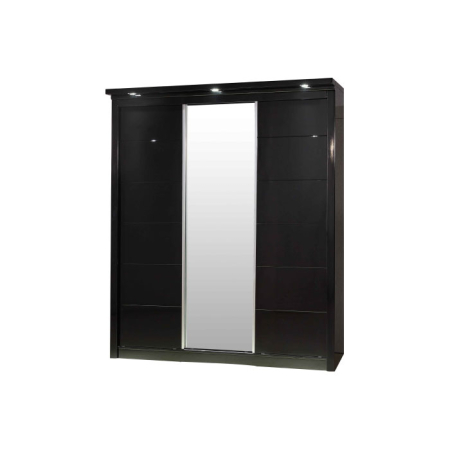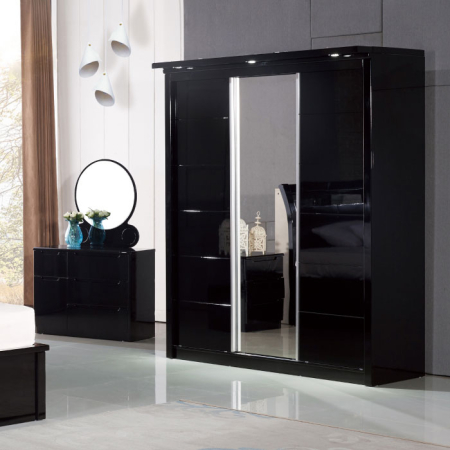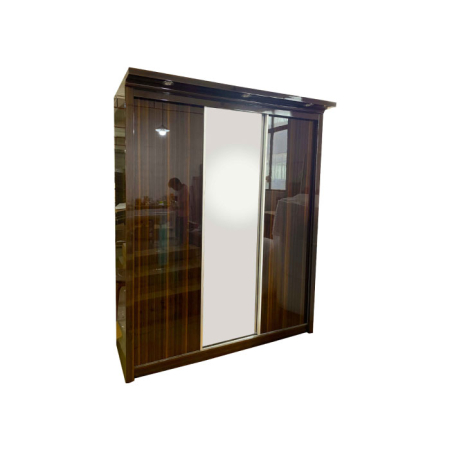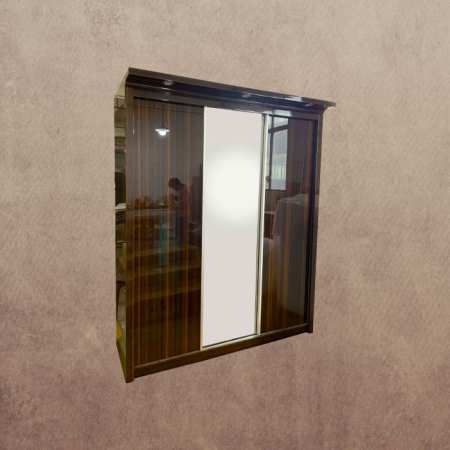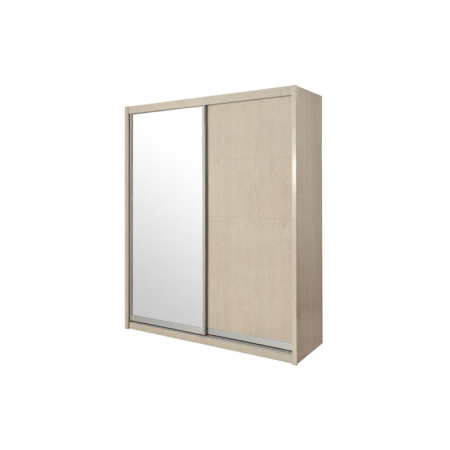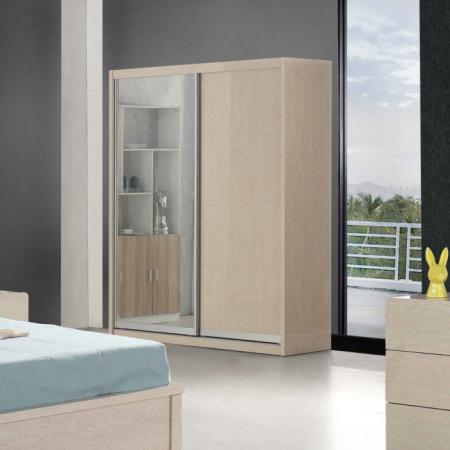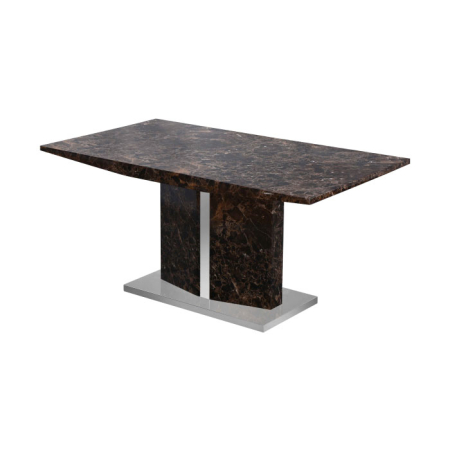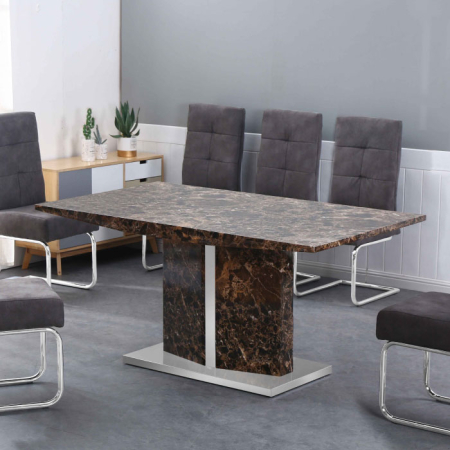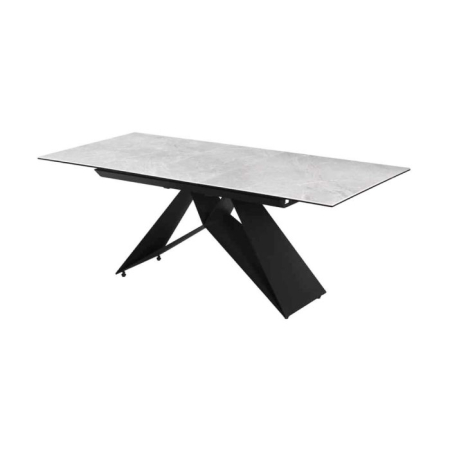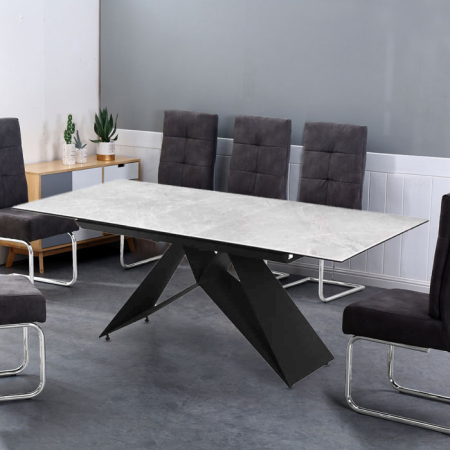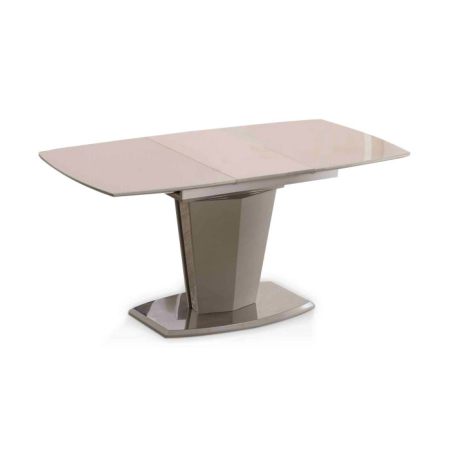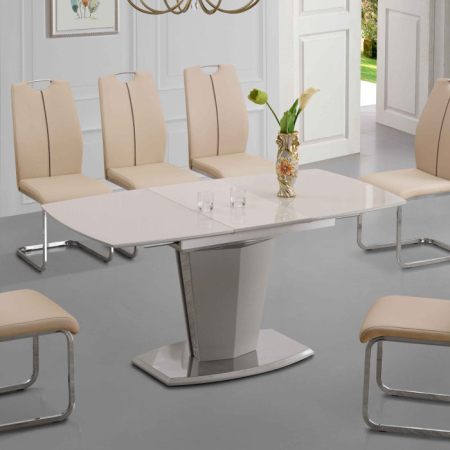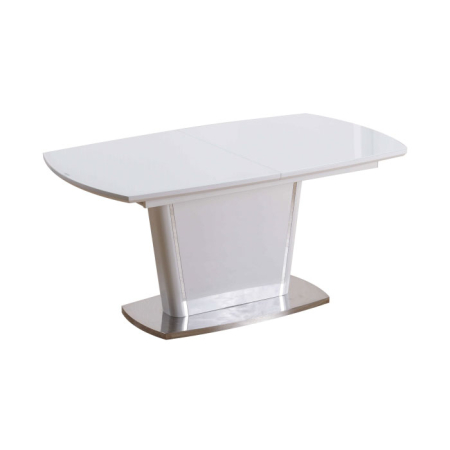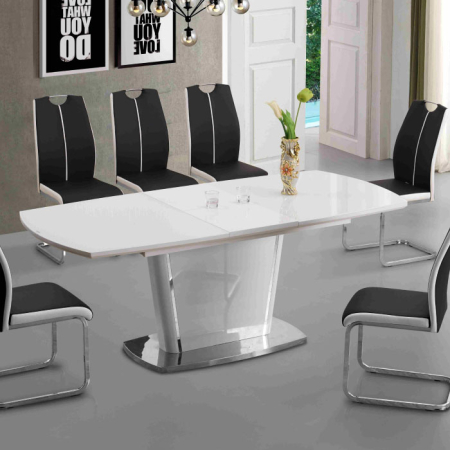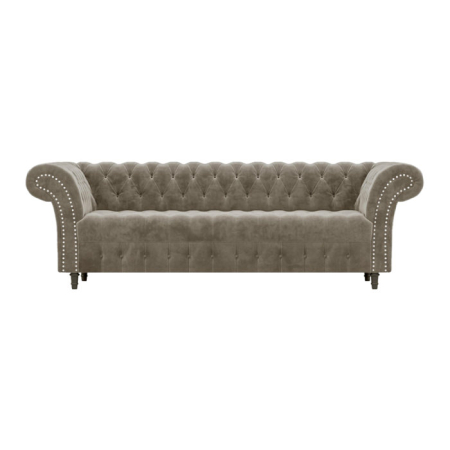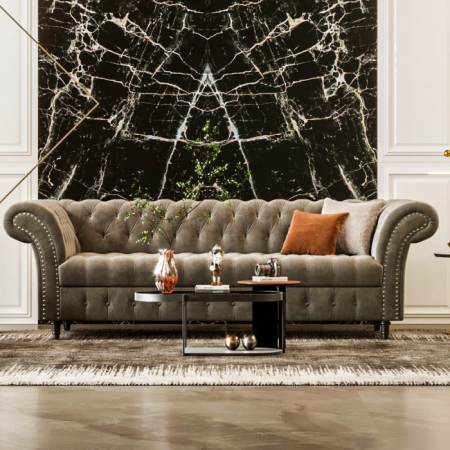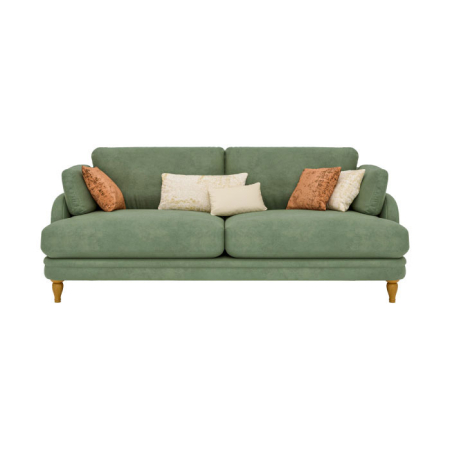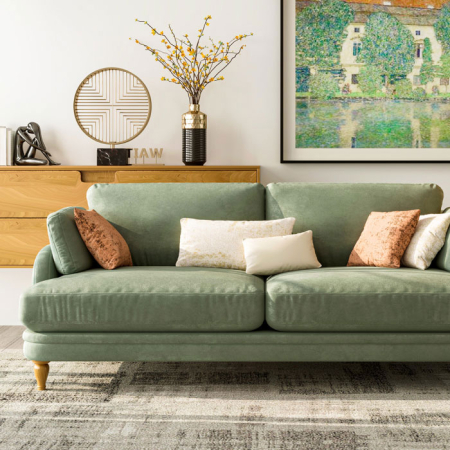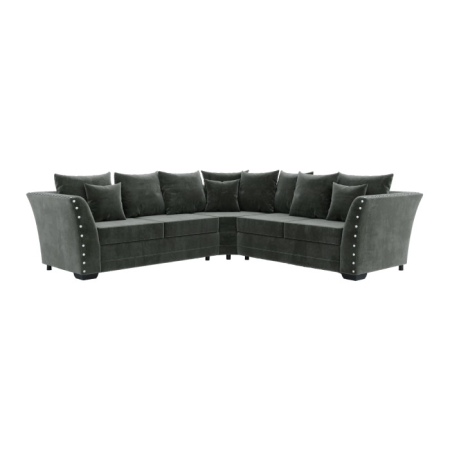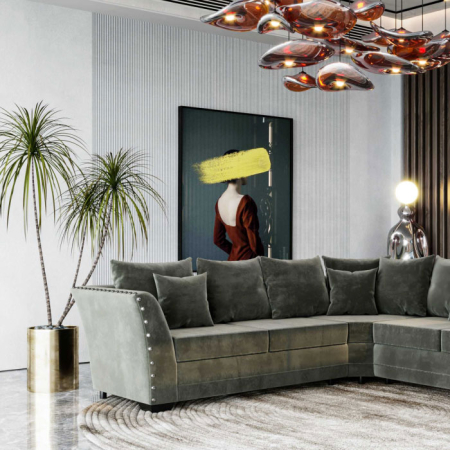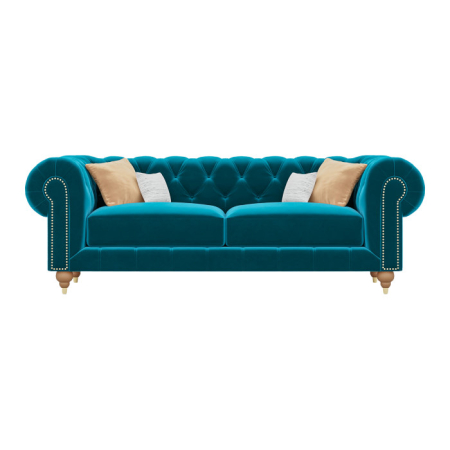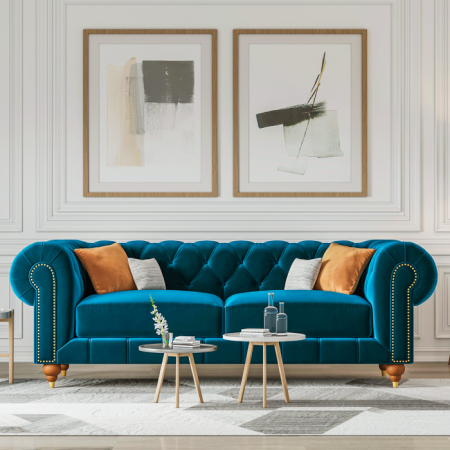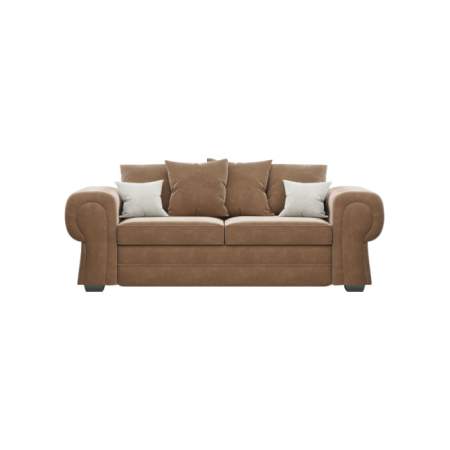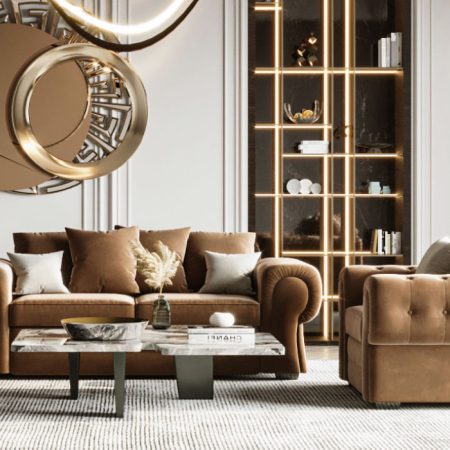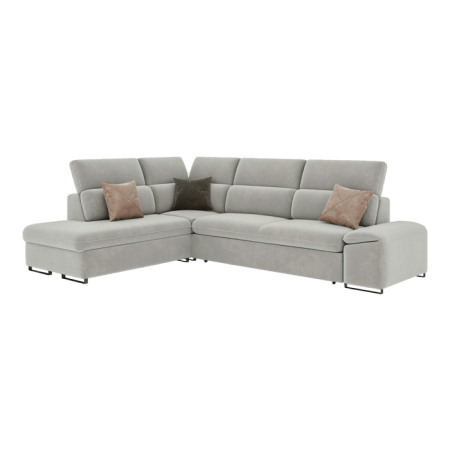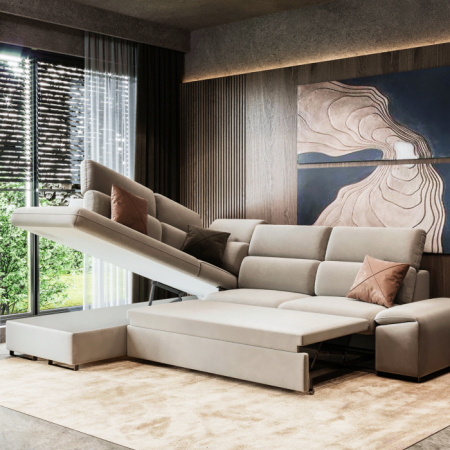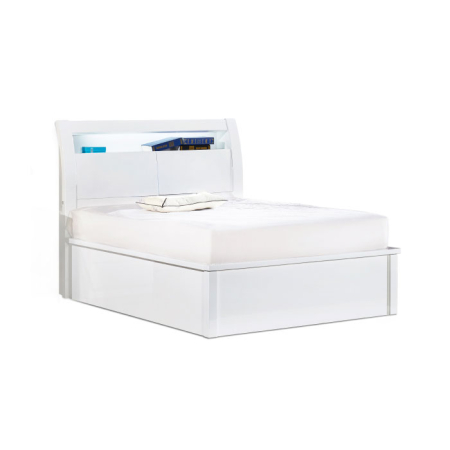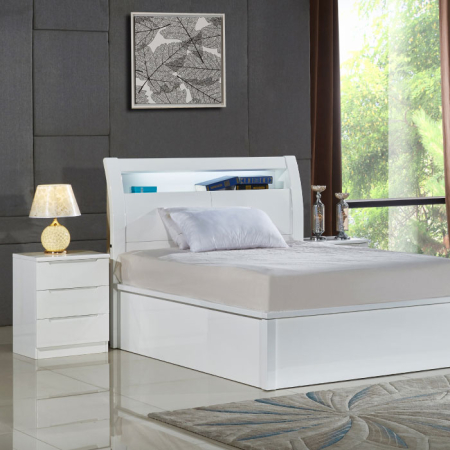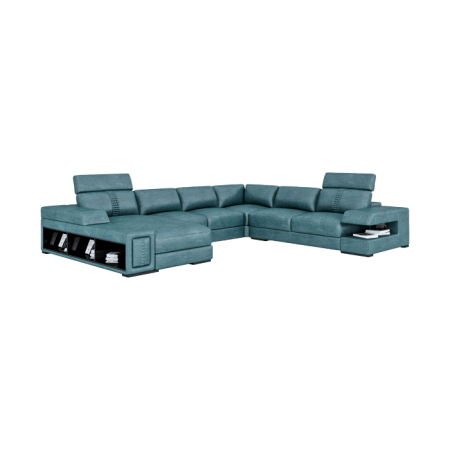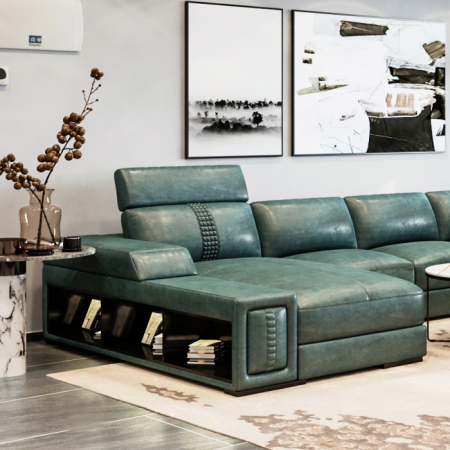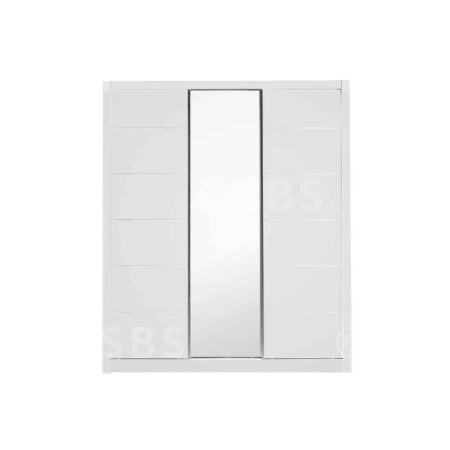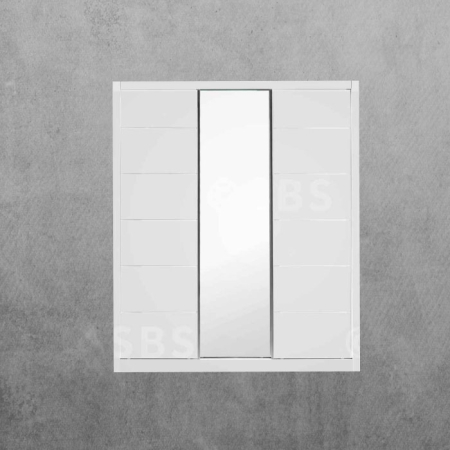This website uses cookies to ensure you get the best experience on our website. Read more
The Ultimate Guide to Choosing the Best Upholstery for Your Furniture
August 28, 2023

The Ultimate Guide to Choosing the Best Upholstery for Your Furniture
The upholstery you choose can make a world of difference in terms of style, comfort, and durability. But with so many options available, how do you make the right choice? Fear not! In this comprehensive guide, we'll walk you through the process of selecting the perfect upholstery for your furniture.
What is Upholstery, and Why Does it Matter?
Before we dive into the nitty-gritty, let's take a moment to understand the significance of upholstery.
Upholstery refers to the materials used to cover and beautify furniture, adding both functionality and style to your pieces. Choosing the right upholstery is crucial because it affects the lifespan, maintenance, and overall visual appeal of your furniture!
Let us guide you through some simple tips to help you choose the best upholstery for your furniture.
Let's start!
#1 Consider Your Lifestyle
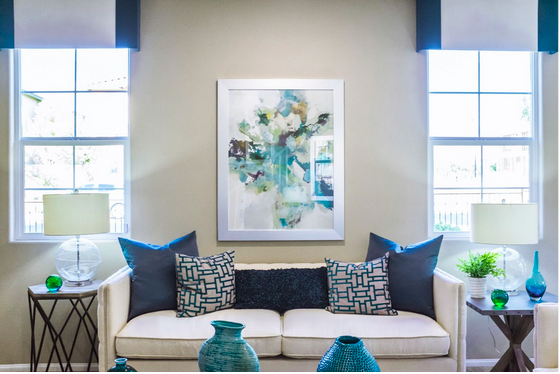

Your lifestyle is a key factor in determining the ideal upholstery for your furniture.
For example, if you have kids or pets, you may want to choose a durable fabric that can withstand spills and stains, like faux suede or distressed leather, so you don’t have to worry about the occasional scratch and scruff.
If you're not worried about little ones or furry friends causing a mess, you have the freedom to choose some decadent upholstery. Go all-out with fluffy Tibetan wool or luxurious Belgian linen.
And while linen is a sturdy choice, lighter shades might not have the same level of stain resistance that parents with energetic kids might require. Plus, after some serious lounging, linen can lose its crisp, wrinkle-free appearance.
If you entertain frequently, you may choose a more elegant fabric, like silk, to impress your guests and give your room a more luxe feel.
#2 Evaluate Durability Needs
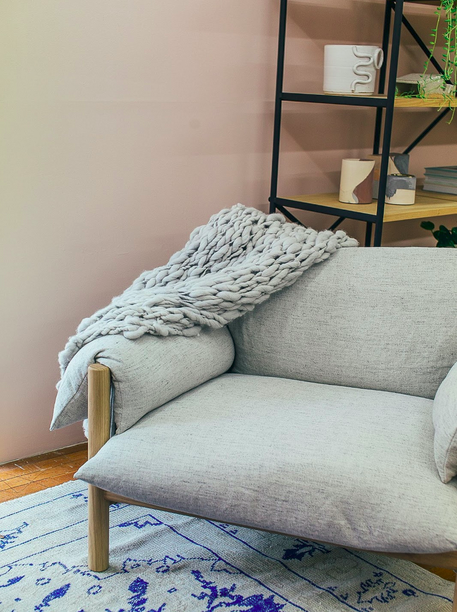

When choosing upholstery, it's crucial to assess its durability in addition to considering your lifestyle. Ask yourself how long you want your furniture to last and whether you're willing to invest in high-quality, long-lasting upholstery.
Remember, high-quality upholstery may come with a higher upfront cost. However, it can prove to be cost-effective in the long run as it lasts longer and requires less maintenance. By carefully considering durability, you can make a decision that aligns with your budget and long-term goals for your furniture.
#3 Choose the Right Fabric
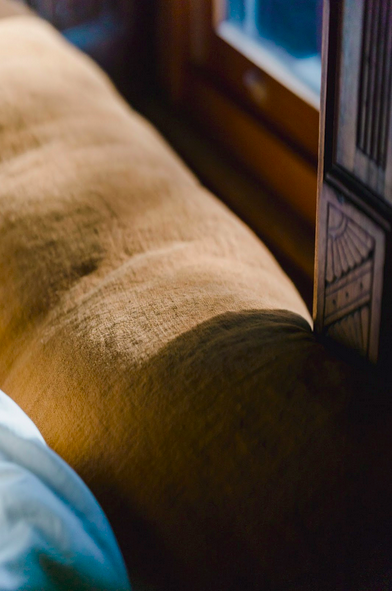

Once you have considered your lifestyle and durability needs, it's time to choose the right fabric for your upholstery. Each type of fabric has its own pros and cons, so it's important to choose the one that best fits your needs.
Cotton and linen are both natural fibers that are soft and breathable, making them a good choice for warmer climates. However, they can be prone to wrinkling and may not be as durable as other fabrics. Wool is another natural fiber that is warm and durable, but it can be expensive.
Leather is a popular choice for upholstery because it is durable, easy to clean, and has a timeless look. However, it can be expensive and may not be as comfortable as other fabrics.
Synthetic fabrics like polyester and nylon are generally more affordable and can be very durable, but they may not be as breathable as natural fibers.
#4 Consider Color and Pattern
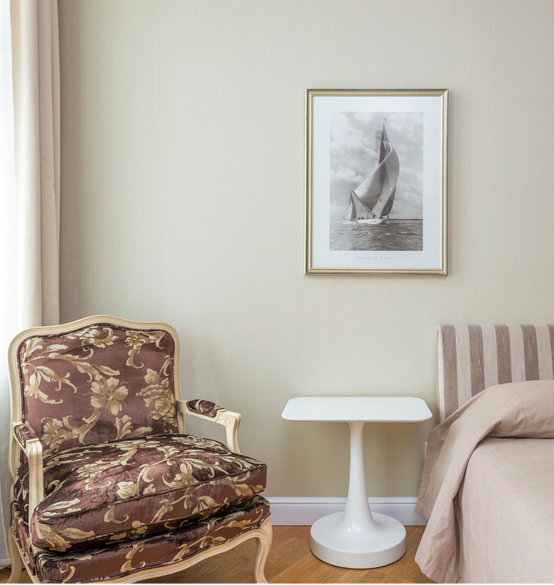

If you want your furniture to make a bold statement, choose a bright color or a bold pattern.
If you want your furniture to blend in with your decor, you may want to choose a neutral color or a subtle pattern. Remember that patterns can be tricky to work with, so if you choose a patterned fabric, make sure it is something you will be happy with for a long time.
Sticking to solid colors for curvaceous pieces is probably a safe bet. Patterns or textures with distinct directions may not upholster well on tricky shapes.
Opt for rich solid colors or classic neutrals for larger pieces, such as sofas, to avoid getting bored over time. Add some pizzazz with smaller statement pieces in bold shades or patterns!
Other factors to consider when choosing an upholstery fabric
- Fade Resistance
Say goodbye to sun-faded fabrics! If your furniture basks in sunlight, you need upholstery fabric that can stand up to the challenge. Look for fade-resistant options that won't lose their vibrant colors or patterns over time. These fabrics are like superheroes, armed with UV protection or built-in resistance, ensuring your furniture stays dazzling even under the sun's relentless rays.
- Mildew Resistance
Humidity got you worried? Don't let mildew ruin your furniture or your day! In damp areas like bathrooms for basements, prioritize mildew-resistant upholstery fabric. These fabrics are specially treated or naturally equipped to combat mildew growth. With them, you'll be able to relax, knowing your furniture stays fresh, odor-free, and mold-free, even in the dampest of environments.
- Allergies
Let's kick allergens to the curb and breathe easy! Dust and lint can wreak havoc on allergies and respiratory health. But fear not! Microfiber upholstery fabric is here to save the day. Say hello to a lint-free, dust-repelling hero that helps keep allergies at bay. Not only that, microfiber is a breeze to clean, making it a win-win for those seeking a cleaner, healthier living space.
Choosing the right upholstery for your furniture requires careful consideration of your lifestyle, durability needs, fabric type, and color and pattern preferences. By taking the time to make the right choice, you can ensure that your furniture looks great and lasts for years to come!

